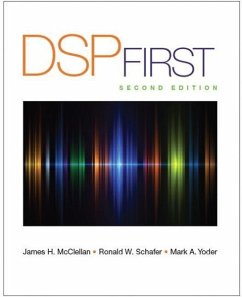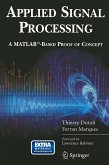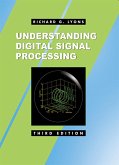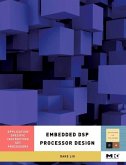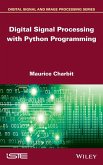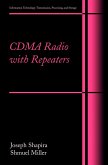For introductory course Product Description
For introductory courses (sophomore/junior) in Digital Signal Processing and Signals and Systems. Text is useful as a self-teaching tool for anyone eager to discover more about DSP applications, multi-media signals, and MATLAB.
This text is derived from DSP First: A Multimedia Approach, published in 1997, which filled an emerging need for a new entry-level course not centered on analog circuits in the ECE curriculum. It was also successfully used in 80 universities as a core text for linear systems and beginning signal processing courses. This derivative product, Signal Processing First [SPF] contains similar content and presentation style, but focuses on analog signal processing. Note: DSP First: A Multimedia Approach remains in print for those who choose a digital emphasis for their introductory course.
Features + Benefits
Creative use of innovative, computer technology-Makes abstract content more accessible, enabling it to reach a wider range of students. Unique features from this work, such as visual learning animations, hands-on demonstrations, and integrated laboratories in multimedia format are widely hailed as essential learning tools for mastering fundamental concepts.
Many actual signals and sound files can be viewed with a Web browser or imported into MATLAB.
For introductory courses (sophomore/junior) in Digital Signal Processing and Signals and Systems. Text is useful as a self-teaching tool for anyone eager to discover more about DSP applications, multi-media signals, and MATLAB.
This text is derived from DSP First: A Multimedia Approach, published in 1997, which filled an emerging need for a new entry-level course not centered on analog circuits in the ECE curriculum. It was also successfully used in 80 universities as a core text for linear systems and beginning signal processing courses. This derivative product, Signal Processing First [SPF] contains similar content and presentation style, but focuses on analog signal processing. Note: DSP First: A Multimedia Approach remains in print for those who choose a digital emphasis for their introductory course.
Features + Benefits
Creative use of innovative, computer technology-Makes abstract content more accessible, enabling it to reach a wider range of students. Unique features from this work, such as visual learning animations, hands-on demonstrations, and integrated laboratories in multimedia format are widely hailed as essential learning tools for mastering fundamental concepts.
Many actual signals and sound files can be viewed with a Web browser or imported into MATLAB.

